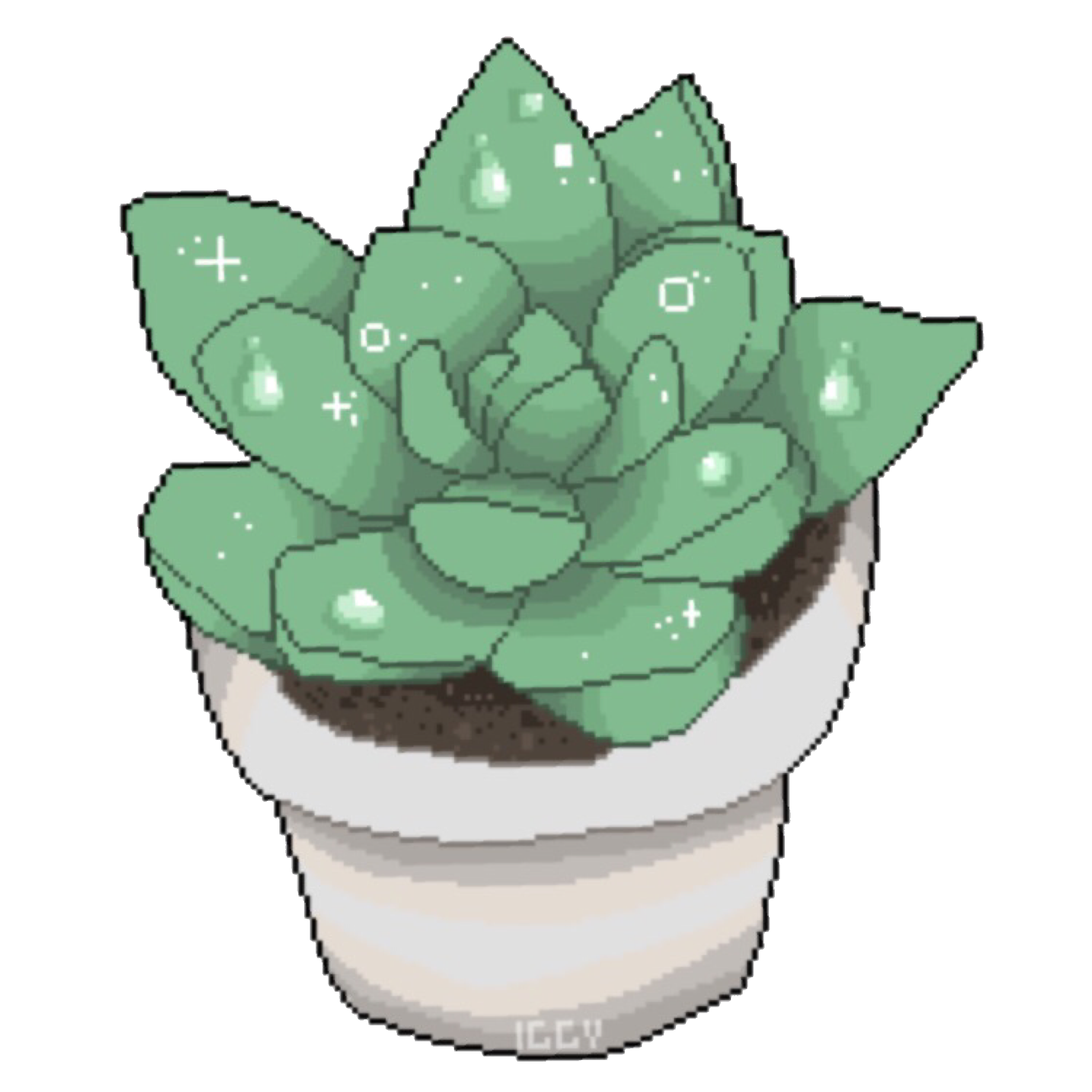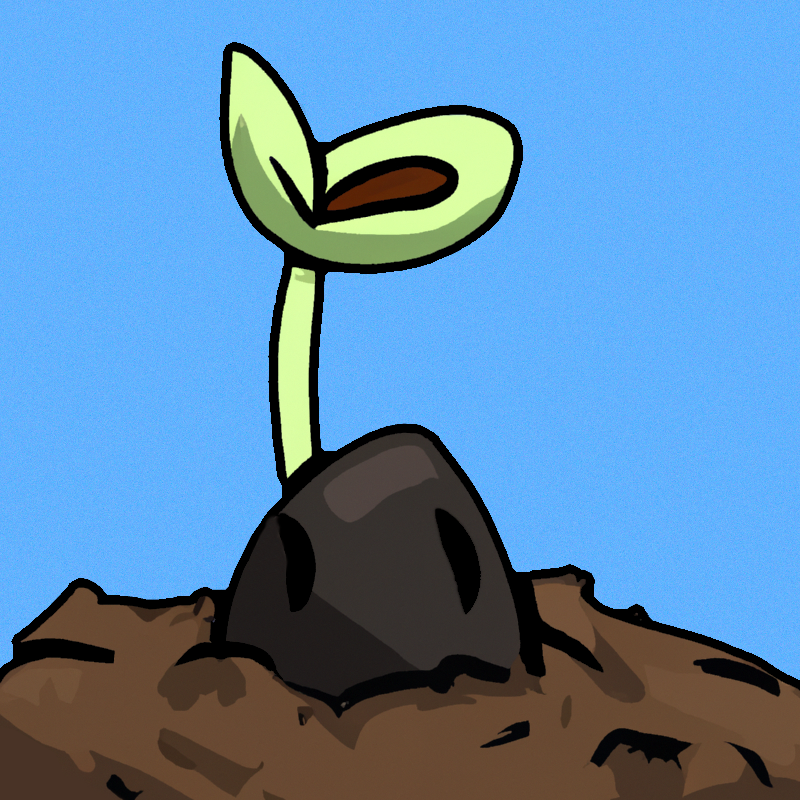Before you say “Just give it some fertilizer”, please look at my post about that plant before.
It started flowering a few weeks ago, and the roots are growing back very healthy, but slowly.
I think those two factors are what contributed to the plant consuming itself, as you can see on the pictures where the lower leafes start yellowing quite significantly.
If they continue to do so, I will loose them, and that would suck.
My question is: What can I do to mitigate that, so I can prevent the leafes from dying off completely?
I already cut off the flower spike to redirect the resources, but I fear this isn’t enough.
There’s a shit load of fertilizer in the substrate now too.
I grow it hydroponically, and started with an EC of just 1 mS, because that’s what’s recommended for orchids, but I quickly realised that this isn’t enough, and increased it to 1,5-2 mS. Right now it sits at about 2-2,5 mS, which is objectively on the higher side for other plants, but very high for orchids from what I know.
But on the other hand… it needs to grow a lot of plant matter.
The problem is, that there are probably not enough roots to support this growth, and the nutrient uptake is limited because of that.
Still, I don’t want to loose the leafs. Would foliar fertilizing help? Or is it too late?


Here are root pictures my other two orchids that I rescued too at the same time. They don’t show signs of a deficiency, but also regenerated a lot of roots. Maybe this helps?


As a rather casual plant enthusiast:
*looks at title*
*looks at first image*
Do something about what exactly?
I added some additional context now :)
My problem is that the plant was pretty much dead when I got it a few months ago, and I rescued it. Still, growing completely new roots is stressful for the plant, and it redirects its resources from the leafes into the roots to get energy.
And I asked what I can do do mitigate this, so that the plant doesn’t eat itself and looses its leafes, which would suck.
It’s interesting that it’s a middle leaf. Our orchids tend to grow new leaves on the top and drop leaves on the bottom as they put out new roots going up their stem. Every few years I have to unpot them and cut the bottom few inches, otherwise they will climb out of their pot.
When our orchids drop leaves they look very similar to the leaf on your plant.
In my experience, this variety of orchid thrives on benign neglect. Ours very rarely get fertilized. They also only get watered every two weeks or so and when they get watered the bark they’re in is pretty well saturated.
My understanding is that leaves don’t “go back.” Once a leaf starts yellowing, the best case scenario is that you have a yellow leaf. You can correct deficiencies or overdoses for future leaves, and prevent existing leaves from turning, but you can’t fix the ones that have already changed.
Are the clay pebbles new for this plant? I often understood that the older roots from before semi hydroponic will die in those conditions and new roots will grow and be adapted to those same conditions. I used a similar setup with no fertilizer at all and got orchids to flower for a few years, the growth was just a bit smaller every years. They need way less fertilizer than you think : because they grow as epiphytes in the wild without access to soil. Intermittent very low level of fertilizer might be better especially if the leaves are showing sign of a mismatch between root surface and leaves exposed surface (to drying that can be helped with higher air humidity)
Yes, the expanded clay substrate is new.
They’ve been in an organic medium (bark and coco I believe) at time of buying, but looked pretty much dead when I got them, as you can see in my previous post I linked at the beginning. Most of the roots were mush back then, but they started regrowing very healthy now.
The higher levels of fertilizer didn’t seem to be harmful as of now, since it’s still in the non-toxic zone.
My plan has been to keep it higher for now, to compensate the lack of roots, and to reduce it further more to a normal level as soon as they’ve regrown fully.So, you would say I should reduce it now to a very low level?
Is foliar feeding better? I don’t want to loose the already yellowing leaf, that would suck.
My philosophy is to only consider fertilizer when there is active growth and it comes second to water balance: root surface vs foliage surface vs temperature-light x deficit in air humidity. Like Russian dolls i don’t look into the next lower priority step if i am not satisfied with a high priority step : medium-high indirect light and water balance. N.B. Light is also a factor in water balance: the plant open stomata on the leaves to absorb CO2 under high light and doing so can dehydrate a bit more. Keep your conditions stables and the plant will adapt, wont be the most beautiful orchid but it should adapt if the roots aren’t rotting too much. I successfully kept cattleya, oncidium and phalenopsis in such conditions of years before i moved to terrariums.
I am surprised that the leaf showing a touch of yellow isn’t the bottom one.
I would prepare yourself to lose a few of the older leaves no matter what. Partly that’s just what phalenopsis do, but this one is also healing and adapting to a new situation.
And chill out really hard on the fertilizer. It’s very easy to over do it. I use a weak nutrient solution called “Orchid plant food mist” by miracle grow maybe one good pump on the exposed roots and foliage once a month has been plenty to get annual flower stalks.
It looks quite healthy but the transition from hydro to not-hydro (geoponics, i guess?) will trigger a lot of physiological changes and internal reshuffling of nutrients. It’s inevitable.
Thanks!
It looks quite healthy but the transition from hydro to not-hydro (geoponics, i guess?) will trigger a lot of physiological changes and internal reshuffling of nutrients. It’s inevitable.
If you click on the post I linked, you see that the plant barely had any roots left, because they were completely mush when I bought it.
The substrate you meant is called “LECA” (expanded clay balls), which wick up the hydroponic nutrient solution. It’s just another form of passive hydroponics :)
There’s too much nitrogen in the substrate, going by leaf discoloration. I would exchange half the water, so you don’t lower the level so much that it shocks it.
Isn’t this a sign of not enough nitrogen?



